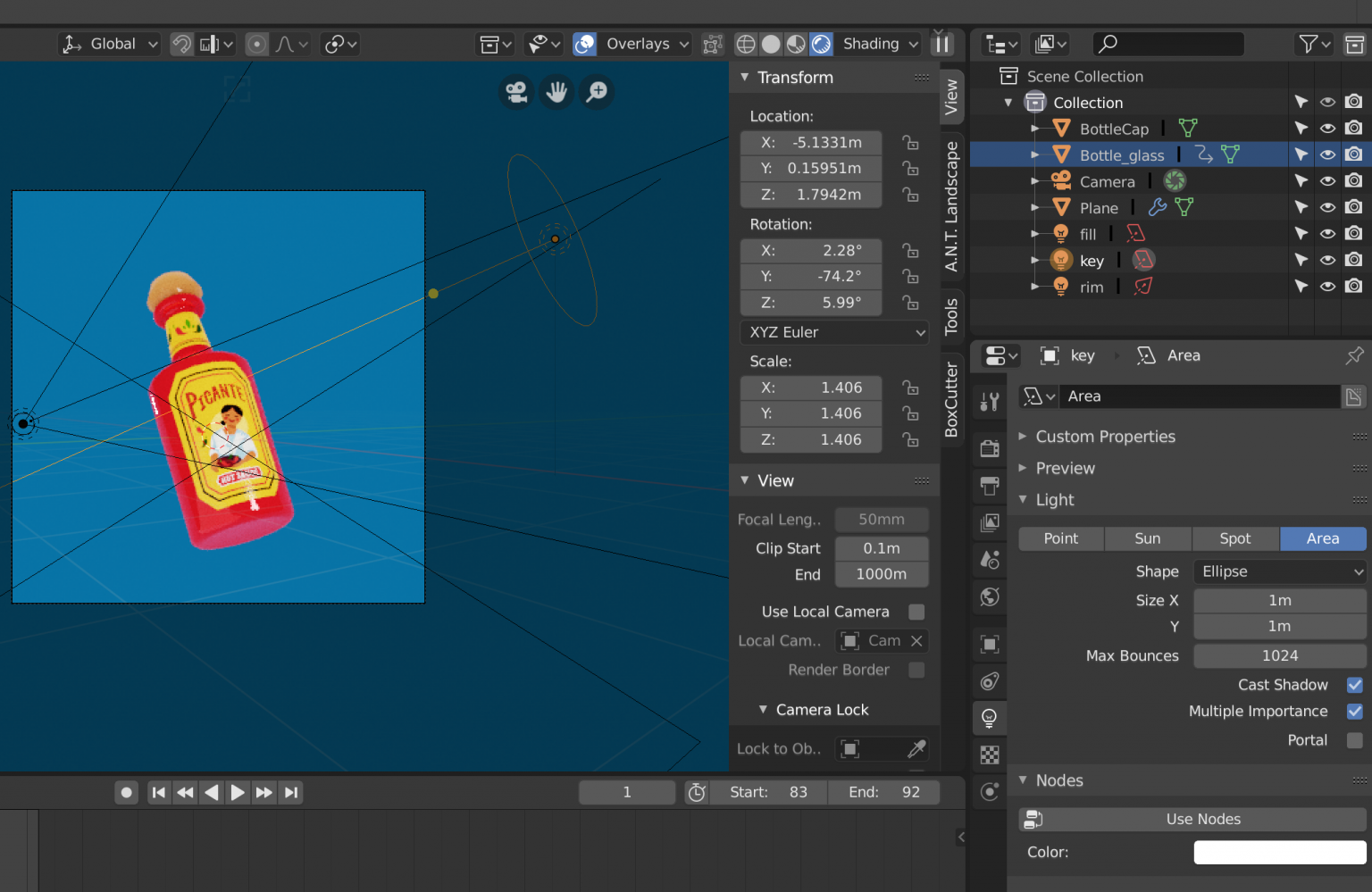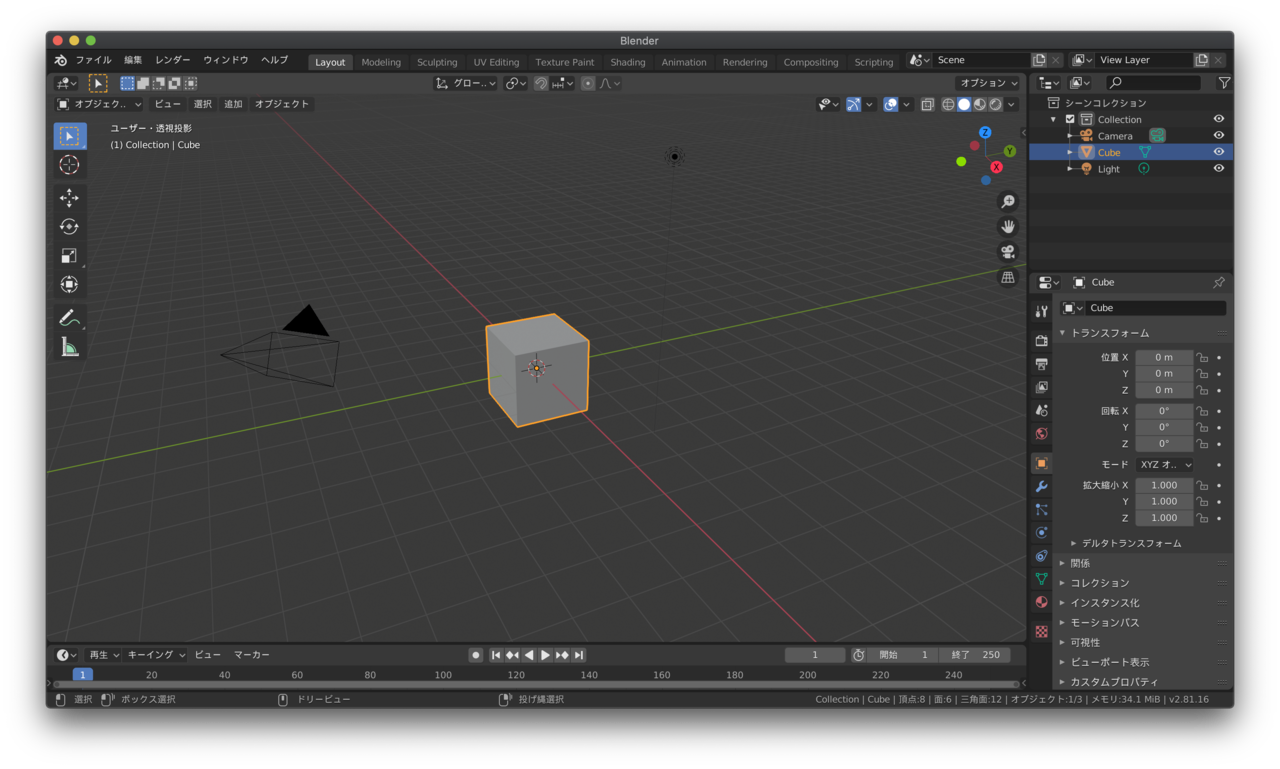
“Getting Started With VR Interface Design”, Marvel "Michael Alger PG student: VR Interface Design Pre-Visualisation" I can't find them all right now, but I can tell you these things I've learned by reading a lot on the subject.

Yes, in fact there are already a few articles you could read on that in medium.

Game engines are better at this than any other existing 3D software, and will definitely be your main tool. In VR, you need to render a frame 90 times a second, twice. It's great at rendering 1 frame a minute for basic stuff. Learn how to combine them with your existing UI knowledgeĬ4D is a program designed for motion graphics and rendered animations/film. They are generally high poly, and actions like booleans look great in motion renders but are generally pretty bad when exported to OBJs and imported into engines.Īs a designer trying to get into VR/AR, the steps you should follow today in order are:ĭownload Maya LT, Modo Indie, or Blender and learn that Not to mention, that as a modeller C4D is deceptively quick but don't produce very well optimized assets.

For as nice as C4D is for motion graphics and general design tasks, even something as basic as UV unwrapping will give you an aneurism compared to Modo or Maya. If you want to get into VR/AR, I argue that you should definitely spend your time learning Maya, Modo, 3DS or Blender if you're on a budget. VR and AR UI's still heavily leverage game engines like Unity and Unreal Engine, and there is already a massively optimized workflow for this type of work. I used to work on the Vive platform for HTC and I have experience with VR UI.Ĭ4D is not a good tool for VR/AR UI.


 0 kommentar(er)
0 kommentar(er)
